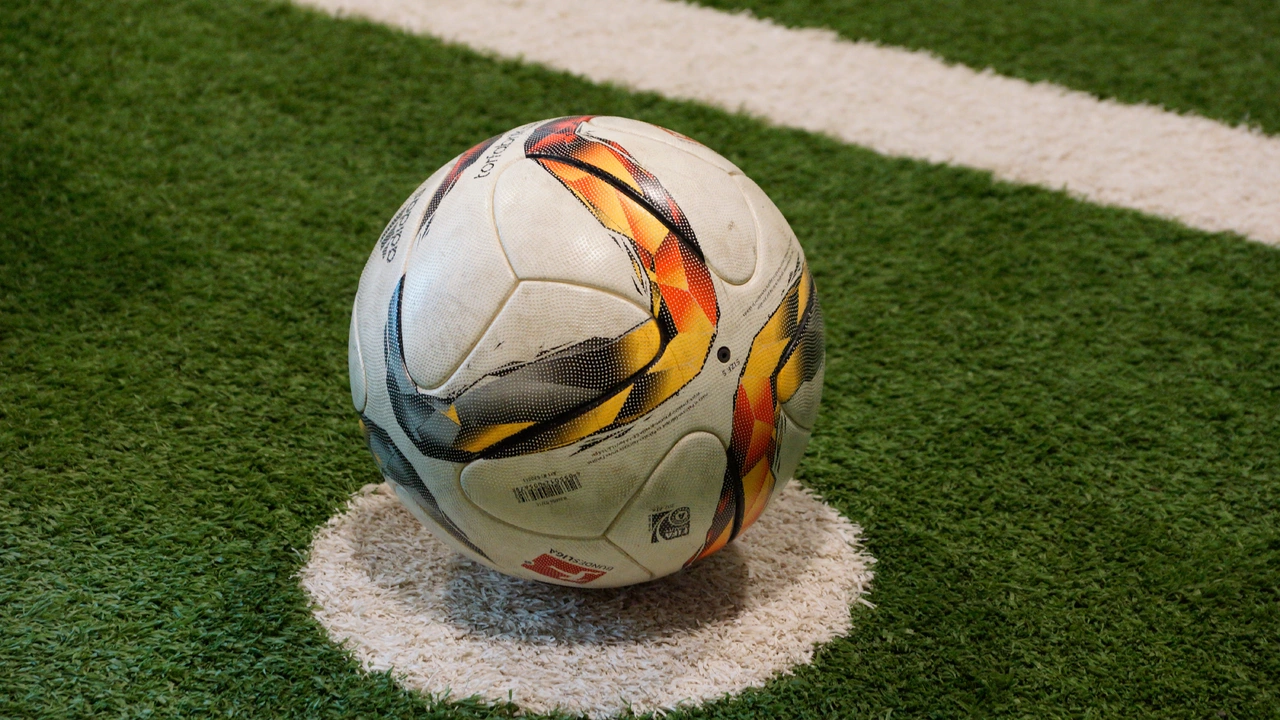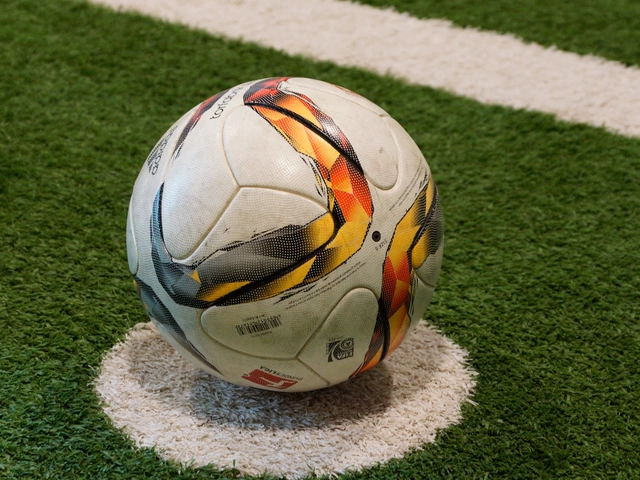What are some tips for choosing a soccer ball?

The Essence of the Round: Understanding Your Soccer Ball
Often overlooked, the humble soccer ball is much more than an inflated sphere intended to be kicked around the field. It is the core of the game, the heart around which everything else revolves. Its consistency, size, weight, and many more subtle factors contribute to your overall performance in the game. Hence, the importance of choosing the right soccer ball can’t be overstated. If the ball is too light, it won't have the right bounce. If it's too heavy, it could end up hurting your feet. And you wouldn't want that. Trust me, I once kicked a rock-hard soccer ball barefoot, mistaking it for one of the softer varieties. Not a great day for my toes!
Picking the Perfect Size
Setting out on the quest for the perfect soccer ball? The first and foremost parameter that you need to consider is the size. Soccer balls come in different sizes, and choosing the right one could make a world of difference, especially if you are a beginner. Remember when I told you about the kid who kept fumbling with an oversized ball during the local soccer match in my neighborhood? The poor boy struggled more with controlling the ball than focusing on the game! That's why it's crucial that you pick the right size.
Typically, the sizes range from 1, earmarked for toddlers or as souvenirs, going up to 5 which is the standard for adults and professional soccer. Size 3 is generally recommended for kids aged 8 or under, while size 4 works best for the age group of 8-12. Size 2 soccer balls, a special category known as "skills balls", are perfect for beginners working to improve their ball control skills. So, keep these indications in mind while choosing your ideal soccer ball size.
Kickin’ It Right with the Right Materials
The material of your soccer ball has a substantial impact on how it behaves on the field - the ball's "personality", if you will. Leather was the first material used for soccer balls until it got replaced with synthetic materials like PVC or Polyurethane. These materials are more durable, provide a better feel and are water-resistant. You don't want a ball that gets waterlogged and heavy when it rains, do you? Trust me, playing with a soggy ball is no walk in the park. Been there, done that!
You also need to consider the lining and stitching. The lining (located between the cover and the bladder) determines the shape and responsiveness of the ball. The stitching, on the other hand, can affect the durability and shape retention of the ball. Machine-stitched balls are durable and hold shape well, while hand-stitched balls are top-notch, offering the best performance on the field. Ahem...remember Tom - the guy from my old soccer team, who would always argue that hand-stitched balls were overrated? Well, after seeing his machine-stitched ball fall apart mid-game, he had no option but to eat his words!
Selecting the Right Bladder
OK, we need to get something clear right off the bat. When we soccer folks talk about “bladder”, it has nothing to do with the organ that stores urine in your body. In the soccer world, the bladder is the part that holds the air inside the ball - essentially, the ball's heart. Getting the right bladder for your ball is pivotal. There are primarily two types - latex and butyl. In my personal experience, latex bladders are favored for their soft feel while butyl bladders retain air much longer. The downside to latex is that it requires frequent inflation, whereas butyl isn't quite as responsive to touch. It's a trade-off that you need to ponder on while making your preference known.
Bring the Right Ball to the Right Court
Lastly, it's essential to choose a ball that suits the terrain where you're likely to use it. Classic soccer balls with smooth surfaces are great for grass and typical outdoor pitches. However, they tend not to fare well on concrete or rough terrains, rapidly deteriorating with abrasive surfaces. For street or indoor floor soccer, better known as futsal, a ball with a felt surface is optimal. Remember when I decided to play on a concrete surface using my grass court soccer ball? Result - a shredded ball and a heartbroken me. Choose the right ball for the right court, folks!
Choosing a soccer ball might seem like a trivial task but give it a closer look, and it's a nuanced procedure that demands your attention. From picking the right size, and optimal material, optimal bladder, and ball for the right court – everything should be taken into consideration to elevate your soccer game and avoid injuries. There’s a whole world of soccer balls out there, just waiting for you to find your perfect match! So what are you waiting for? Let's get ball hunting!
